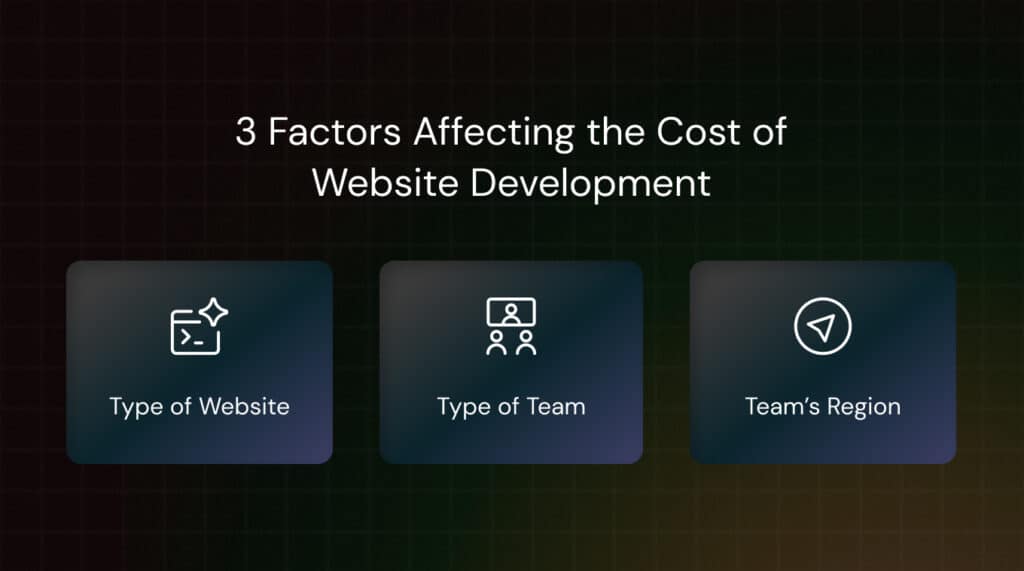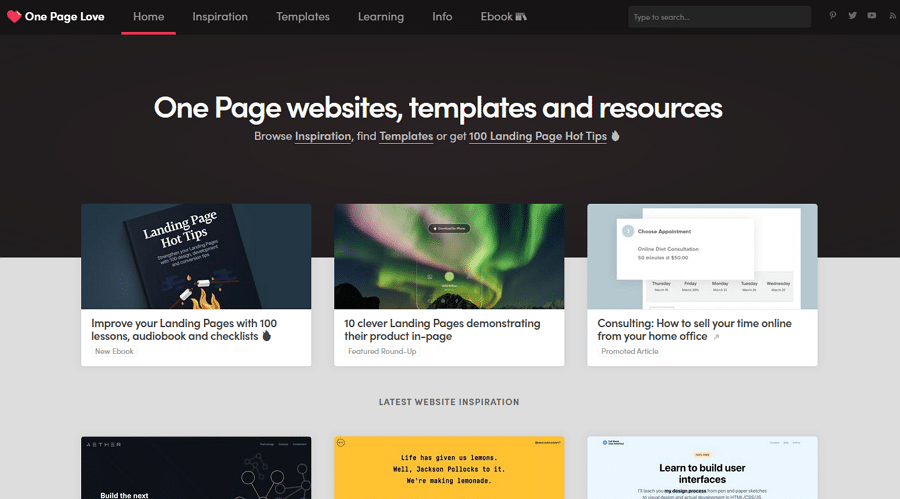How to Make Your Homepage Stand Out
In today’s digital world, your homepage is often the first impression visitors will have of your website. It’s essential to ensure that it not only captures attention but also converts visitors into customers or leads. A homepage that stands out can help you build trust, enhance user experience, and ultimately achieve your business goals. In this article, we’ll explore the key strategies for creating a homepage that grabs attention and keeps visitors coming back.
Understanding the Importance of a Standout Homepage
Before diving into the how-to’s, it’s essential to understand why having a standout homepage matters. Your homepage serves as the digital face of your business, and it can set the tone for the entire user experience. A cluttered, confusing, or unappealing homepage can drive potential customers away. However, a well-designed homepage can establish credibility, encourage engagement, and prompt action.
To make your homepage stand out, you need to focus on several critical aspects, from design and content to usability and branding.
1. Focus on First Impressions
The first few seconds on your homepage can make or break a visitor’s decision to stay. A cluttered, slow-loading page or confusing navigation will drive people away. You need to make sure that visitors immediately understand what your site is about and how it benefits them.

2. Prioritize a Clean, Simple Design
Less is often more when it comes to homepage design. A clean, minimalist approach helps visitors focus on the essential elements of your website without distractions. Avoid overloading your homepage with too much text or too many images. Instead, use a simple color palette, easy-to-read fonts, and plenty of white space to guide the user’s eye toward the most important content.
Essential Elements of a Standout Homepage
Now that we’ve covered the importance of making your homepage stand out, let’s take a look at the key elements that should be present on your homepage to ensure it delivers results.
1. Clear and Compelling Headline
The headline of your homepage is one of the first things visitors will see, so it needs to be engaging and informative. Your headline should immediately tell visitors what your website or business is about and why it’s valuable to them. Avoid jargon and make the message as clear as possible.
For example, if you run a software company, a headline like “Streamline Your Business Operations with Our All-in-One Tool” is more effective than something vague like “Welcome to Our Software Solutions.”
2. Strong Call to Action (CTA)
Every homepage needs a strong call to action (CTA) that guides visitors on what to do next. Whether it’s signing up for a newsletter, booking a consultation, or making a purchase, your CTA should be visible and direct. Use action-oriented language like “Get Started,” “Try for Free,” or “Shop Now” to encourage visitors to take the next step.
Place the CTA in a prominent location on your homepage, such as near the top or in the middle of the page, to make sure it catches the visitor’s eye. Ideally, you should have more than one CTA throughout the homepage to accommodate users at different stages of their decision-making process.
3. Engaging Visuals
People are visual creatures, and the right images or videos can help make your homepage more engaging. High-quality images, infographics, and videos can communicate your brand’s message quickly and effectively. For instance, if you’re selling a product, showing how it works in a short demo video can be far more effective than describing it in long paragraphs of text.
Be sure that your visuals are aligned with your brand identity. They should reflect your brand’s tone and style and avoid overloading the page with too many images, as this can slow down load times.
4. Fast Loading Time
A slow-loading homepage can be a major deterrent for visitors. In fact, studies show that 53% of mobile users abandon a website if it takes longer than three seconds to load. Therefore, optimizing your website for speed is crucial for ensuring a positive user experience.
Some ways to improve loading times include:
Compressing images without compromising quality
Minimizing the use of heavy animations
Using browser caching to store commonly used elements
Reducing server response time by choosing a reliable hosting service
Advanced Tips for Making Your Homepage Stand Out
Once you’ve mastered the basics of homepage design, it’s time to dig deeper into some advanced strategies for making your homepage even more impactful.
1. Personalization
Personalized content can go a long way in making your homepage feel more relevant to visitors. Whether it’s showing customized recommendations based on browsing history or tailoring offers to specific locations, personalization creates a unique experience for each user.
For instance, e-commerce websites often personalize the homepage by displaying products based on the user’s past purchases or browsing behavior. This increases the likelihood of conversions by presenting products that are directly relevant to the user.
2. Social Proof
Social proof—testimonials, reviews, case studies, or logos of reputable companies you’ve worked with—helps build trust with visitors. When potential customers see that others have had positive experiences with your product or service, they’re more likely to trust your brand and make a purchase.
Feature reviews or testimonials from satisfied customers prominently on your homepage. If you’re a service provider, include detailed case studies that showcase the success you’ve achieved for clients.

3. Mobile Optimization
With an increasing number of users browsing the web on mobile devices, optimizing your homepage for mobile use is a must. A responsive design ensures that your homepage looks great and functions smoothly across all devices, including smartphones and tablets.
Ensure that your homepage’s design elements, CTAs, and visuals are optimized for smaller screens. Test your website on various devices to make sure it looks good and loads quickly on all of them.
4. Clear Navigation
Your homepage needs to direct visitors to the right places on your site quickly and easily. A cluttered or complicated navigation menu can frustrate visitors and drive them away. Keep the navigation menu simple with clear labels that guide users to the most important pages of your site.
Consider using sticky navigation, where the menu stays visible as visitors scroll down the page, to ensure easy access to other pages on your site.
Brand Consistency Across Your Homepage
Consistency is key to building trust and reinforcing your brand identity. Ensure that your homepage matches the visual style and tone of your other marketing materials, such as social media profiles and advertisements. This consistency creates a seamless experience for visitors, which builds credibility and makes your brand feel more professional.
1. Unified Visual Identity
Your homepage should reflect your brand’s visual identity, from color schemes and typography to logos and images. Consistent use of these elements across your homepage and other marketing channels will help your audience immediately recognize your brand.
2. Tone and Voice
The tone of your content should be consistent with your brand’s voice, whether it’s formal, casual, humorous, or professional. The right tone can engage your audience and help them connect with your brand on a deeper level.

Final Thoughts
Creating a homepage that stands out isn’t just about aesthetics—it’s about providing value, delivering a positive user experience, and building trust. By focusing on key elements like a clear headline, engaging visuals, strong CTAs, and fast loading times, you can ensure that your homepage captivates visitors and drives results.
Remember, a standout homepage is an ongoing process. As trends evolve and user preferences change, continuously evaluate and update your homepage to keep it fresh and relevant. With the right strategies in place, your homepage will become a powerful tool for engaging users and achieving your business goals.




